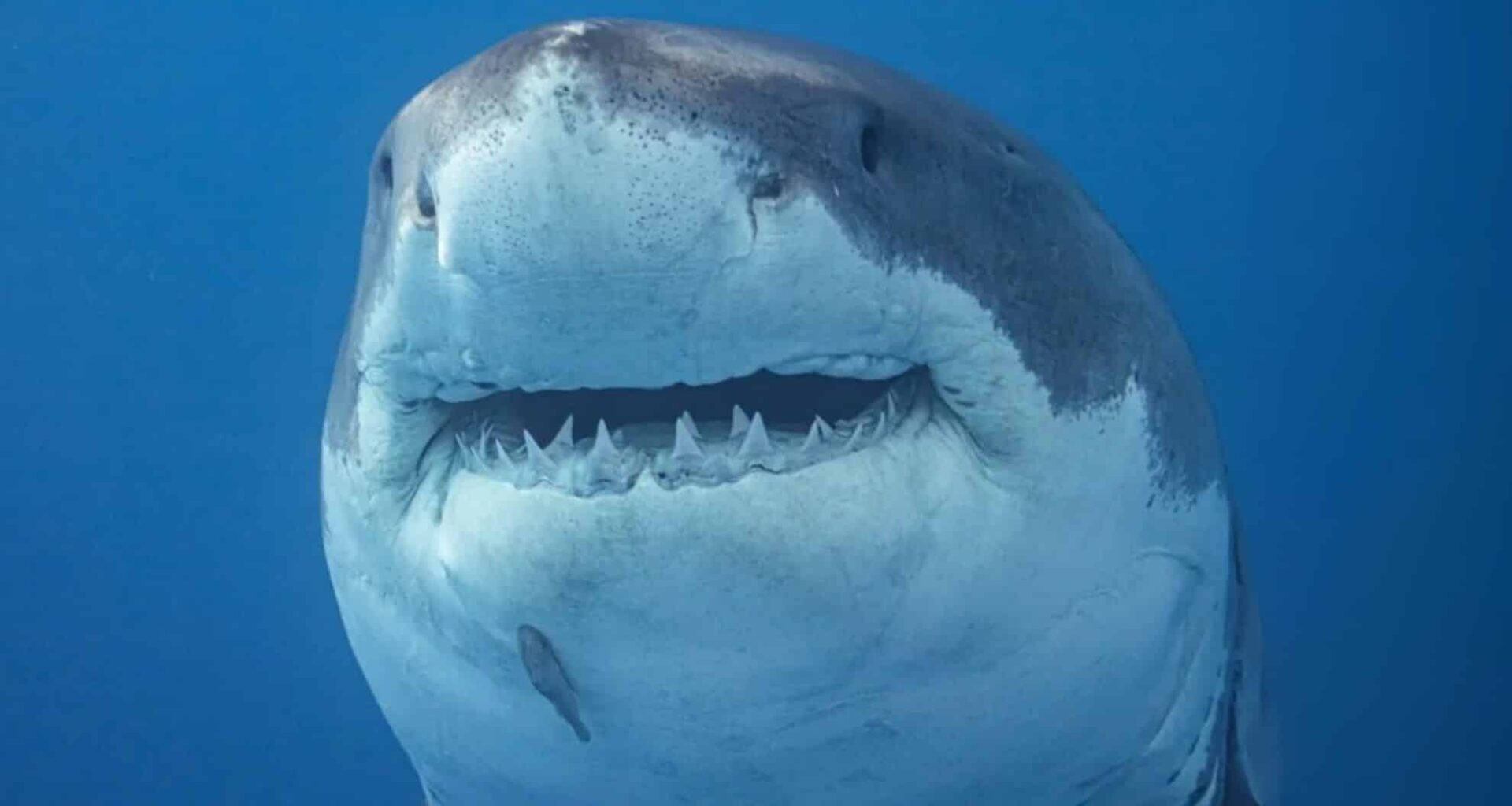Great white sharks are undoubtedly one of the most powerful and awe-inspiring creatures on Earth. Yet, despite their dominance in the ocean, these apex predators have never been successfully kept in captivity for extended periods. What makes these sharks so difficult to house, and why does the idea of seeing one in an aquarium seem so far-fetched?
The Impossible Task of Mimicking the Ocean
Great whites are relentless swimmers, traveling vast distances to survive. These sharks require constant movement to pass water through their gills, a process essential for oxygen intake. In the wild, they are known to cover hundreds of miles in a single journey.
One particularly remarkable shark, Nicole, traveled over 12,000 miles (19,312.13 kilometers) in just nine months, from Africa to Australia and back again. Creating an aquarium large enough to mimic these natural conditions would be both impractical and financially unfeasible, especially when considering the size of these sharks, which can grow up to 20 feet (6.1 m) long.
Aquariums have made several attempts to house great whites, but with little success. The first recorded attempt took place in the 1950s at Marineland of the Pacific, California. The shark survived less than a day.
Similar attempts throughout the 70s, 80s, and 90s, including at SeaWorld, ended with the sharks either dying or being released back into the wild. In 2004, Monterey Bay Aquarium managed to keep one alive for several months, but that remains the exception rather than the rule.
The Live Prey Dilemma: Why They Refuse to Eat
Another critical issue that makes keeping great white sharks in captivity so challenging is their diet. These sharks are apex predators, feeding primarily on live prey. In captivity, providing live food would not only be expensive but also raises ethical concerns.
The sharks’ refusal to eat non-live food has led to the death of many individuals housed in aquariums. The high maintenance of providing live food, combined with the difficulties in keeping them in a confined space, makes keeping great whites an almost impossible task.
Furthermore, great white sharks are sensitive to the surrounding environment. Their highly developed electroreception abilities allow them to detect minute electrical signals in the water, which helps them hunt. In an aquarium, these abilities may be overwhelmed by the artificial environment—glass walls, equipment, and other stimuli. This could cause stress, further complicating their survival in captivity.
Are Aquariums Still the Right Place?
In recent years, the debate surrounding the ethics of keeping large marine animals in captivity has become a significant issue. Documentaries like Blackfish, which exposed the controversial practices at SeaWorld, have shifted public opinion about keeping marine mammals in aquariums.
As a result, showcasing great white sharks in captivity is no longer viewed as a harmless spectacle. Instead, there is a growing preference for seeing them in their natural habitat, where they can thrive in their vast ocean environment.
Today, marine parks and aquariums face increasing pressure to prioritize conservation efforts over entertainment. A live great white shark exhibition would likely face backlash from animal rights advocates and the general public. It’s clear that the future of great white sharks lies not in tanks, but in preserving their natural environment and allowing them to roam freely in the ocean.
